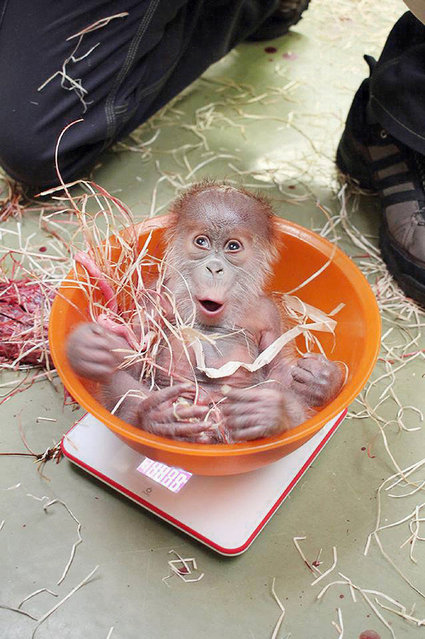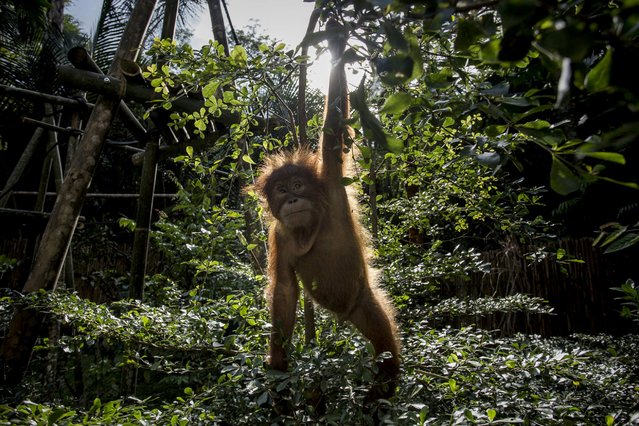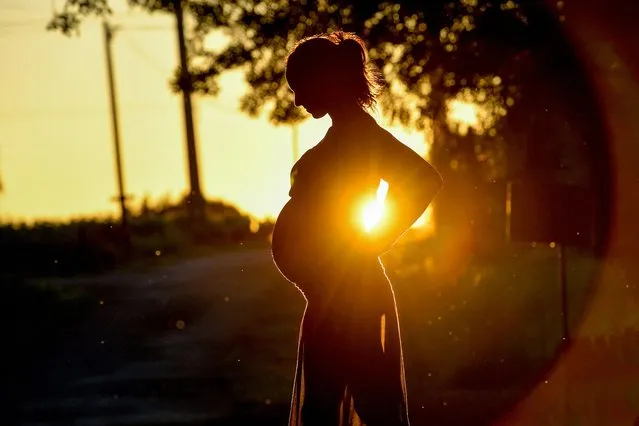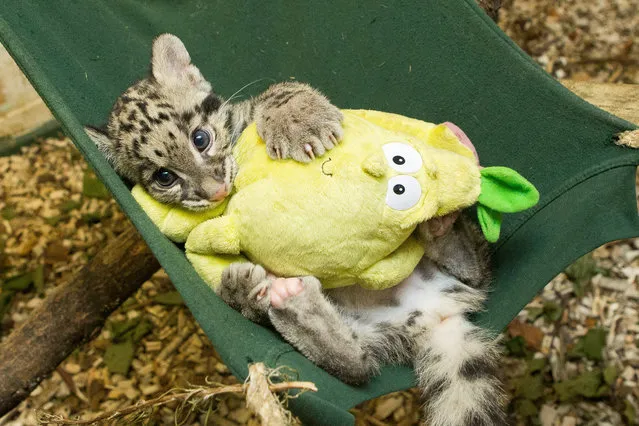
Queenie Liao is an artist but first of all a mother and she wanted to show that you can be both… at the same time. With her creative photography she caught the dreams of her child during his sleeps: the result is a brilliant compilation of photos where her baby is the absolout protagonist. Pacific as if nothing happens around him, his daily sleeps are transformed by Queenie Liao into fascinating fairy tales by using plain cloths, stuffed animals, and other common household . A brillaint work that makes us remember our childhood, where our dreams were full of magic.
13 Dec 2013 12:40:00,post received
0 comments







